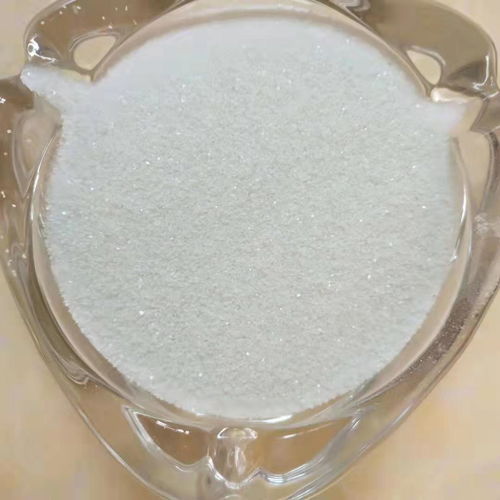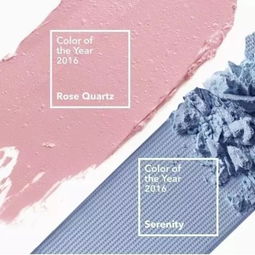Quartzose Sand: A Comprehensive Guide
Quartzose sand, a term that might not be immediately familiar to many, holds significant importance in various industries. This article delves into the meaning of quartzose sand, its properties, applications, and the geological processes that lead to its formation. By the end, you’ll have a comprehensive understanding of this fascinating material.
What is Quartzose Sand?

Quartzose sand is a type of sand that primarily consists of quartz grains. Quartz, a mineral composed of silicon dioxide, is the most abundant mineral in the Earth’s crust. When quartz grains are the dominant component of sand, the sand is referred to as quartzose sand.
Properties of Quartzose Sand

Quartzose sand possesses several unique properties that make it valuable in various applications. Here are some of its key characteristics:
- Hardness: Quartz is one of the hardest minerals on the Mohs scale, making quartzose sand highly durable.
- Resistance to Weathering: Quartz is highly resistant to weathering, which means quartzose sand can withstand harsh environmental conditions.
- Color: Quartzose sand is typically white, gray, or beige, although it can also be found in other colors.
- Grain Size: Quartzose sand can range in grain size from fine to coarse, depending on the source and geological processes.
Formation of Quartzose Sand

Quartzose sand is formed through a series of geological processes. Here’s a brief overview:
- Erosion: The first step in the formation of quartzose sand is erosion, which breaks down quartz-rich rocks into smaller particles.
- Transportation: These particles are then transported by wind, water, or ice to different locations.
- Deposition: Over time, the particles settle and accumulate in layers, forming sand deposits.
- Compaction and Cementation: As the layers of sand accumulate, they become compacted and cemented together, forming quartzose sandstone.
Applications of Quartzose Sand
Quartzose sand has a wide range of applications due to its unique properties. Here are some of the most common uses:
- Construction: Quartzose sand is used in concrete, asphalt, and other construction materials due to its hardness and resistance to weathering.
- Foundry: It is an essential component in the foundry industry, where it is used to create molds for metal casting.
- Glass Manufacturing: Quartzose sand is a primary raw material in glass manufacturing, providing the necessary hardness and clarity.
- Industrial Applications: It is also used in various industrial applications, such as abrasive blasting, water filtration, and as a component in ceramics and porcelain.
Geological Distribution of Quartzose Sand
Quartzose sand is found in various parts of the world, with some of the largest deposits located in the United States, China, and India. Here’s a table showcasing the geological distribution of quartzose sand:
| Country | Location | Estimated Deposit Size |
|---|---|---|
| United States | Utah, Nevada, and California | Over 1 billion tons |
| China | Shandong, Liaoning, and Hebei | Over 2 billion tons |
| India | Madhya Pradesh, Rajasthan, and Gujarat | Over 1 billion tons |
Environmental Impact of Quartzose Sand Mining
While quartzose sand is a valuable resource, its mining can have negative environmental impacts. Here are some of the concerns associated with quartzose sand mining:
- Land Disturbance: Mining activities can lead to land degradation and habitat destruction.
-
function pinIt() {
var e = document.createElement('script');
e.setAttribute('type','text/javascript');
e.setAttribute('charset','UTF-8');
e.setAttribute('src','https://assets.pinterest.com/js/pinmarklet.js?r='+Math.random()*99999999);
document.body.appendChild(e);
}
